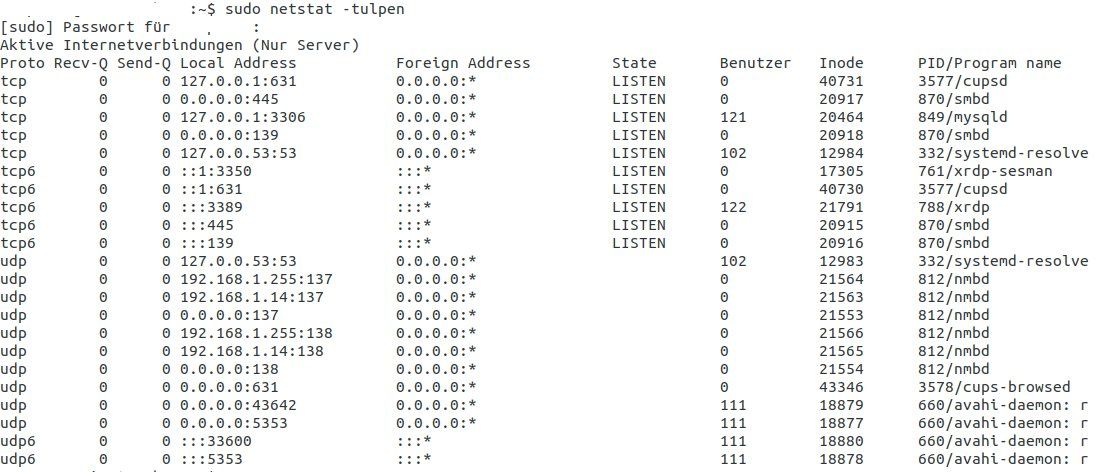Ubuntu 18.04: Nach Upgrade von 16.04 startet Apache nicht mehr
Nabend zusammen,
heute habe ich es nun gewagt, meinen Webserver auf Basis des Ubuntu 16.04 LTS auf den 18.04 upzugraden.
Dazu bin ich nach folgender Anleitung vorgegangen (LINK)
Das ganze lief auch soweit gut durch, doch nun startet der Apache mit folgender Fehlermeldung nicht mehr:
Alle bisherigen Versuche den Fehler weiter einzugrenzen, brachten mich nicht weiter...
auch die per abgefragten Werte brachen (für mich) keine hilfreichen Infos, wo die Ports bereits genutzt werden sollen...
Ich hoffe, jemand von euch kann mir weiter helfen???
Danke und grüße,
Caspi
PS
Ich bin zugegebenermaßen nicht der allzu große Linux- Spezi
heute habe ich es nun gewagt, meinen Webserver auf Basis des Ubuntu 16.04 LTS auf den 18.04 upzugraden.
Dazu bin ich nach folgender Anleitung vorgegangen (LINK)
Das ganze lief auch soweit gut durch, doch nun startet der Apache mit folgender Fehlermeldung nicht mehr:
Alle bisherigen Versuche den Fehler weiter einzugrenzen, brachten mich nicht weiter...
auch die per
ss --listening --tcp --numeric --processesIch hoffe, jemand von euch kann mir weiter helfen???
Danke und grüße,
Caspi
PS
Ich bin zugegebenermaßen nicht der allzu große Linux- Spezi
Please also mark the comments that contributed to the solution of the article
Content-Key: 560496
Url: https://administrator.de/contentid/560496
Printed on: April 20, 2024 at 15:04 o'clock
11 Comments
Latest comment
Vermutlich hast du jetzt mehrere Dateien, in denen ein "Listen" vorkommt. Greppe mal durch die /etc/apache2-Verzeichnisse nach Dateien, die "Listen" enthalten. Das darf pro IP/Port-Kombination nur einmal vorkommen.
Und zu "Unable to open Logs":
Das bedeutet, dass es mindestens ein Logfile gibt, welches der Apache nicht schreiben kann / darf.
Entweder, weil Verzeichnisse jetzt woanders sind oder fehlen oder weil Berechtigungen nicht stimmen oder weil AppArmor da jetzt reingrätscht.
Und zu "Unable to open Logs":
Das bedeutet, dass es mindestens ein Logfile gibt, welches der Apache nicht schreiben kann / darf.
Entweder, weil Verzeichnisse jetzt woanders sind oder fehlen oder weil Berechtigungen nicht stimmen oder weil AppArmor da jetzt reingrätscht.







